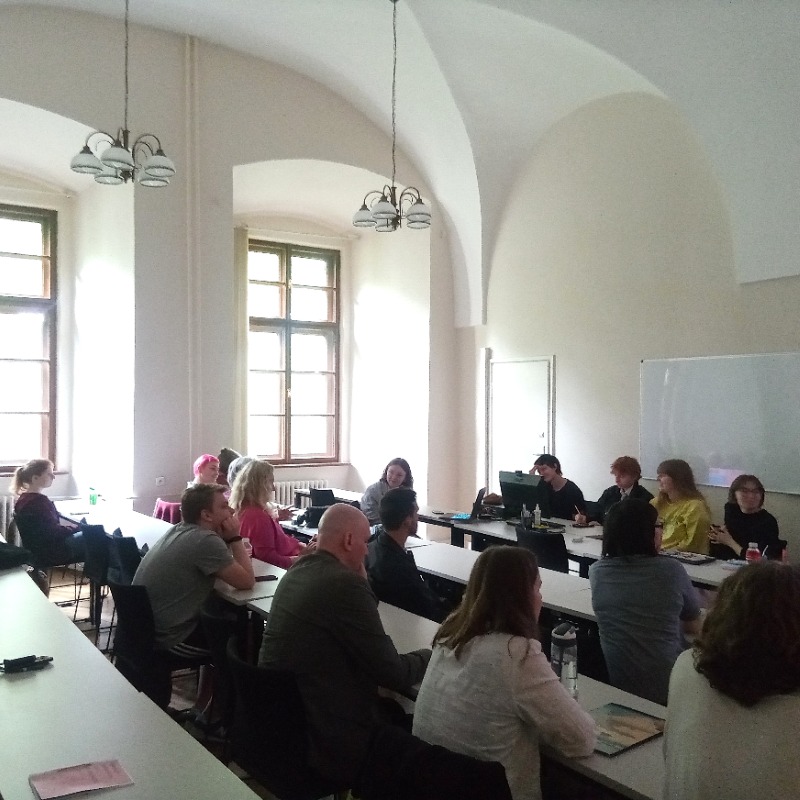Mainstreaming Intersectionality within the Classroom

We are proud to announce that we have started the Student’s Workshops about intersectionality within the partner universities that constitute the project. These are our experiences so far: On the one hand, the Jagiellonian University conducted three sessions throughout October 9th, 16th, and 23rd. On the other hand, Universitat de Vic – Universitat Central de Catalunya conducted two sessions on October 15th and November 4th. These first sessions aimed to establish the theoretical grounds of intersectionality to help students understand and apply the concept from a nuanced perspective. That is, moving away from additive stances and focusing on understanding how experiences and identity categories intersect to create specific experiences of (in)equality, discrimination and privilege for every individual. In this regard, these sessions sought to focus on real-life applications of intersectionality, thus delving into how students experience intersectionality both in their academic and personal lives. Therefore, the sessions involved discussing intersectional experiences within a safe space by doing different suggested activities such as:
- Working in small groups on specific cases where some life factors intersected with others. Key challenges included economic hardship, the need for paid work, housing issues, gender, neurodiversity, country of origin, misaligned class schedules, and health concerns (both mental and physical). Students reflected on how intersecting aspects of their identities impact their access to education and highlighted systematic barriers within the university that contribute to deepening inequalities.
- Taking part in the outdoor activity we call « steps » in which students started by lining up, side by side, in the centre of an open space with their eyes closed. The teacher then asked some questions about personal experiences related to social advantages or disadvantages. If students had experienced the situation described in the question, they had to take a step forward if it implied a social advantage, or a step backwards if it implied a social disadvantage or discrimination. Those who had not experienced the situation remained in place. By the end of the questions, participants were positioned at varying distances from the starting line. When students opened their eyes, they had a visual representation of how each individual had experienced discrimination and privilege in different ways which set the stage for a thoughtful group discussion about the observed disparities and personal experiences, encouraging empathy and deeper understanding of social dynamics within the group.
- Engaging in complex conversations with students regarding personal experiences related to intersectionality to ensure any further activity aligned closely with students’ needs and expectations. Working alongside students led to the development of a manifesto. Based on their experiences, students aimed to draw attention to their complex situations and, in some cases, proposed solutions. Manifesto outputs were diverse, including poems, posters, graphics, diaries, analyses, slogans, and recommendations, reflecting the varied backgrounds and experiences of the participants while also exploring how art and creativity are potential tools to explore intersectionality from a personal perspective.






